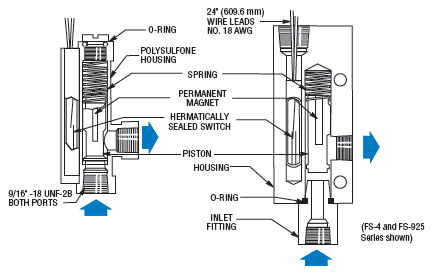
FS-10798 Series Flow Switch
FS-10798 Series Flow Switches are externally adjustable switches that are ideal for protecting machine tools from coolant flow failure, for protecting bearings from loss of lubricant or to assure proper air flow. They offer an infinite number of...
 SEARCH OUR RESOURCE CENTER
SEARCH OUR RESOURCE CENTER













